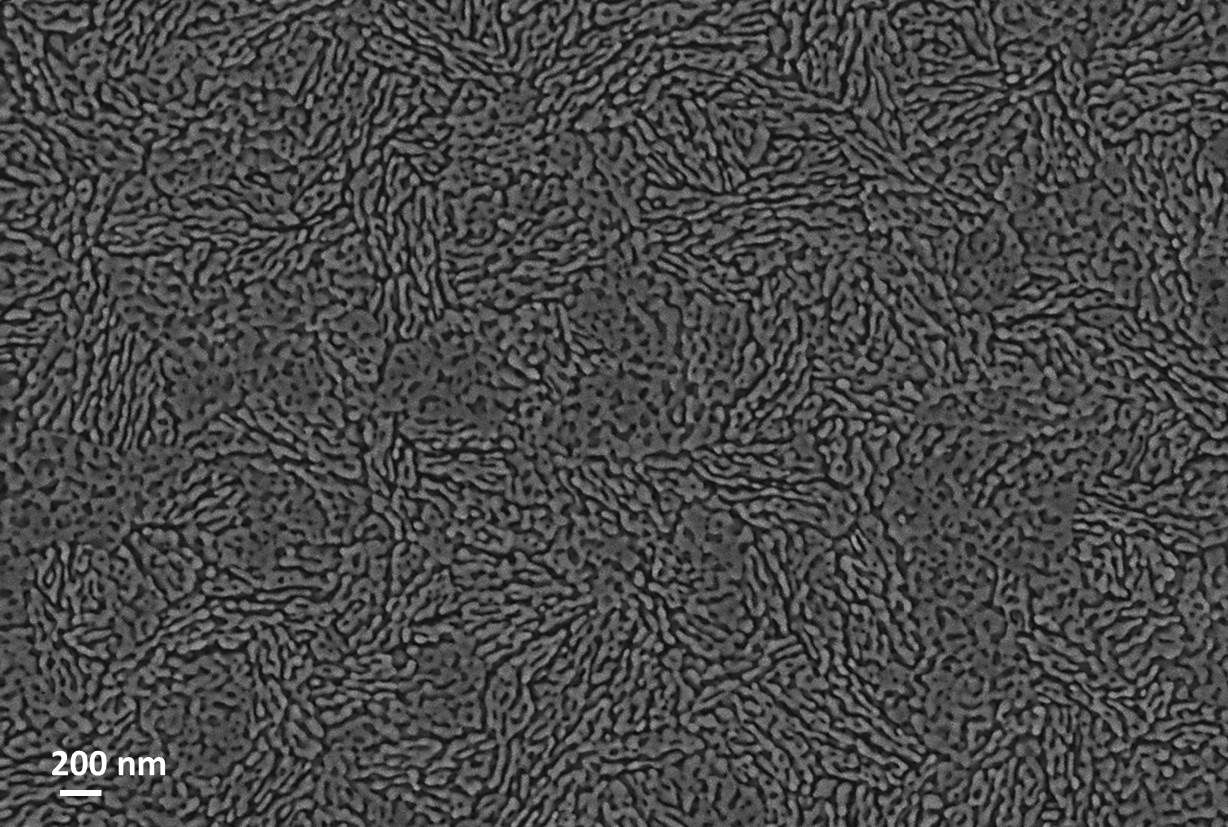Hybrid Magnetic Nanomaterials
A special issue of Nanomaterials (ISSN 2079-4991). This special issue belongs to the section "Nanocomposite Materials".
Deadline for manuscript submissions: closed (31 October 2023) | Viewed by 12171
Special Issue Editors
Interests: metallic alloys; composite materials; nanomaterials; biomaterials; thin films; nanoporous materials; surface treatments; mechanical performance; magnetism
Special Issues, Collections and Topics in MDPI journals
Interests: graphene; silicon; nanostructured carbon; superconductors, transistors; NEMS; electron/ion beam patterning; atomic force microscopy; particle irradiation; nanofabrication; micro/nanoelectronics; quantum computing
Special Issues, Collections and Topics in MDPI journals
Special Issue Information
Dear Colleagues,
We are launching a Special Issue in Nanomaterials (IF: 5.076) entitled “Hybrid Magnetic Nanomaterials”. The aim of this Special Issue is to publish original research articles as well as topical reviews focused on the preparation, characterization, and study of the functional properties of hybrid magnetic nanomaterials, as well as their integration into operational devices.
Hybrid magnetic materials are appealing for diverse technological applications, encompassing 2D and 3D lithographed magnetic data storage systems, miniaturized magnetic nanoelectromechanical systems (including magnetically wirelessly guided micro/nano-robots), biomedical lab-on-a-chip platforms (for magnetically triggered drug delivery), or magnetorheological fluids (microfluidics), amongst others.
The target investigated materials should contain nanometric materials in at least one of their dimensions. The final properties should take advantage of synergistic or complementary physical and/or chemical properties resulting from the combination of various constituent materials in the studied hybrid magnetic structures.
Examples of materials that will be covered in this Special Issue include mesostructured metallic/oxide films filled with polymeric second phases, magnetic nano- or microparticles embedded in a nonmagnetic matrix (including self-assemblies), lithographed nanocomposite structures (vertically aligned nanostructures, hierarchically assembled frameworks), etc. Special emphasis will be placed on contributions with an interdisciplinary character, merging diverse expertise from physics, chemistry, biomedicine, and materials science engineering fields, while aiming at an optimized material performance at the nanoscale.
Prof. Dr. Jordi Sort
Dr. Gemma Rius
Guest Editors

SEM image of a mesoporous magnetic alloy filled with a second phase
Manuscript Submission Information
Manuscripts should be submitted online at www.mdpi.com by registering and logging in to this website. Once you are registered, click here to go to the submission form. Manuscripts can be submitted until the deadline. All submissions that pass pre-check are peer-reviewed. Accepted papers will be published continuously in the journal (as soon as accepted) and will be listed together on the special issue website. Research articles, review articles as well as short communications are invited. For planned papers, a title and short abstract (about 100 words) can be sent to the Editorial Office for announcement on this website.
Submitted manuscripts should not have been published previously, nor be under consideration for publication elsewhere (except conference proceedings papers). All manuscripts are thoroughly refereed through a single-blind peer-review process. A guide for authors and other relevant information for submission of manuscripts is available on the Instructions for Authors page. Nanomaterials is an international peer-reviewed open access semimonthly journal published by MDPI.
Please visit the Instructions for Authors page before submitting a manuscript. The Article Processing Charge (APC) for publication in this open access journal is 2900 CHF (Swiss Francs). Submitted papers should be well formatted and use good English. Authors may use MDPI's English editing service prior to publication or during author revisions.
Keywords
- hybrid metallic/polymeric magnetic nanomaterials
- metallic/oxide nanocomposites
- lithography for 2D and 3D magnetic nanostructures
- processing for micro/nanostructured magnetic thin films
- new physical/chemical synthetic approaches
- magnetic properties, spintronics
- magnetic nanomaterials for biomedical applications
- magnetic nanoelectromechanical systems (magnetic NEMS)
- magnetically actuated nanorobots
- characterization tools and methods for magnetism at the micro/nanoscale
Benefits of Publishing in a Special Issue
- Ease of navigation: Grouping papers by topic helps scholars navigate broad scope journals more efficiently.
- Greater discoverability: Special Issues support the reach and impact of scientific research. Articles in Special Issues are more discoverable and cited more frequently.
- Expansion of research network: Special Issues facilitate connections among authors, fostering scientific collaborations.
- External promotion: Articles in Special Issues are often promoted through the journal's social media, increasing their visibility.
- e-Book format: Special Issues with more than 10 articles can be published as dedicated e-books, ensuring wide and rapid dissemination.
Further information on MDPI's Special Issue polices can be found here.







